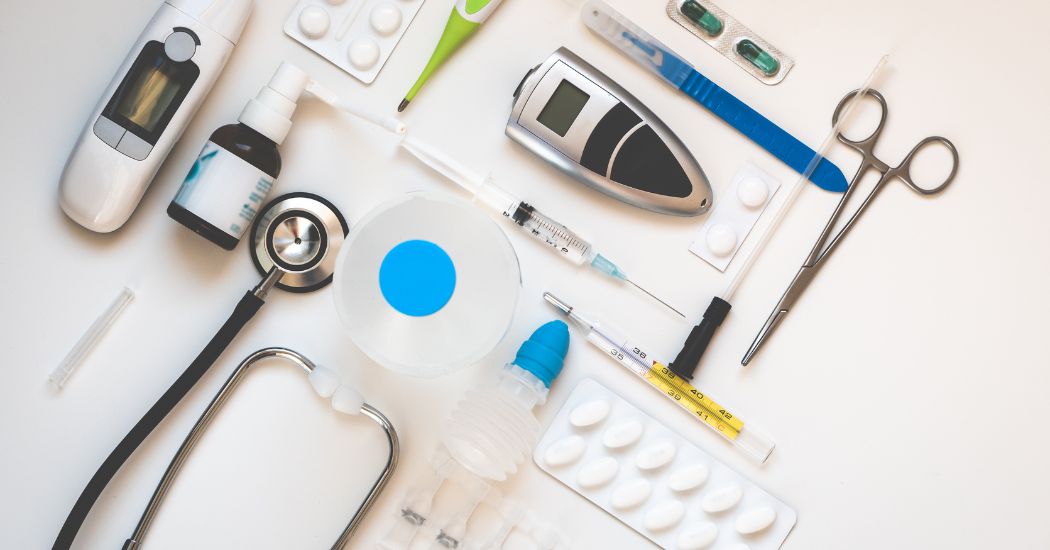Behind the Scenes: The Importance of Maintenance and Servicing for Medical Equipment

Medical equipment is necessary for healthcare. It helps doctors diagnose problems, treat patients, and keep patients alive. But many people don’t realize how important it is to take good care of these machines. So, let’s discuss why keeping medical equipment in good shape is really, really important.
Introduction to Medical Equipment Maintenance
Medical equipment includes many different things, like thermometers and big machines that take pictures of your insides. These essential tools help doctors care for patients and keep them safe. Picture this: during a critical moment, a machine that checks your vital signs stops working, or a defibrillator doesn’t work during a heart emergency. That could not be good! That’s why it’s so important to take care of these machines regularly.
Types of Medical Equipment
Medical tools can be put into groups: ones for checking what’s wrong (like X-rays and MRI machines), ones for treating patients (like surgical tools and machines for giving medicine), and ones for helping in emergencies (like ventilators and defibrillators). These tools are super necessary because they can save lives!
Importance of Regular Maintenance
It’s essential to keep medical equipment working well. This means checking it regularly, adjusting it when needed, and taking steps to prevent problems. Doing this helps the equipment last longer, avoids sudden issues, and keeps patients safe. If maintenance is addressed, the equipment might succeed when needed most, which can be risky for patients and cause problems in how healthcare works.
Consequences of Neglecting Maintenance
Not taking care of equipment properly can have profound results. It might make patients less safe and lead to mistakes in treatment. Also, when equipment breaks unexpectedly, it can slow how quickly patients get help and make healthcare less smooth overall. Fixing things last-minute because of ignored maintenance can be expensive and make it harder to manage money for healthcare needs.
Best Practices in Medical Equipment Servicing
It’s really important for hospitals and clinics to follow the right procedures for maintaining medical equipment. This means checking the equipment often, adjusting it according to the manual, and fixing any problems quickly. It’s also super important to follow the rules and guidelines from the government and the industry to ensure the equipment is safe and works well.
Technological Advancements in Maintenance
New technology has changed how we care for medical equipment. It’s connected to the Internet (like smart devices at home), so we can monitor its performance constantly. This helps us predict when something might go wrong and fix it early. Computers can also analyze data to identify patterns, improve maintenance plans, and ensure that the equipment doesn’t stop working unexpectedly.
Training and Education for Maintenance Staff
It’s really important to train and educate the people who maintain medical equipment. When they know how to fix problems quickly, things run smoothly for patients. Learning new things and staying updated with the latest technology also helps ensure the equipment stays in good shape.
Case Studies on Maintenance Success
Many hospitals and healthcare facilities have shown that proper maintenance can make a big difference. When equipment is maintained before problems occur, it works better and doesn’t stop as often. This helps patients get better care and shows how important maintenance is in healthcare.
Cost-Effectiveness of Maintenance Programs
Maintenance costs money, but actually, it saves money in the end. Fixing things before they break saves much money compared to later extensive repairs. Hospitals that focus on maintenance spend their money smartly, ensuring things work well now and in the future while saving money overall.
Future Trends in Medical Equipment Maintenance
In the future, fixing medical equipment will get even better. Machines and robots will help do maintenance tasks faster and better. Intelligent computers will predict when things might break and help fix them before they happen. These changes mean maintenance will be quicker and more effective.
Challenges in Maintaining Complex Equipment
Caring for complicated medical machines is hard because they’re very detailed and do many things. Technicians need special training to work on them well. Connecting maintenance with electronic health records and other systems in healthcare is also tricky because it involves managing data and ensuring everything works together smoothly.
Collaboration Between Manufacturers and Healthcare Facilities
Equipment makers and hospitals need to collaborate for good maintenance. Makers can design equipment that’s easy to fix and get parts for. They also offer warranties and support so hospitals get help quickly when needed.
Global Perspectives on Maintenance Practices
Maintenance methods can be different in healthcare systems around the world. But more and more people are discussing and sharing the best maintenance methods. When hospitals and experts work together, they can improve maintenance for everyone and solve common problems in healthcare.
Environmental Impact of Equipment Maintenance
Taking care of equipment also affects the environment. Using eco-friendly ways to dispose of old equipment, recycling, and using energy-efficient designs help reduce healthcare’s impact on the environment. Doing maintenance in an eco-friendly way supports the bigger goal of making healthcare more sustainable.
Conclusion
In summary, taking good care of medical equipment is super important. It helps prevent problems, keeps patients safe, and saves money. Having a good maintenance plan, using new technology, training staff well, and working with equipment makers are all important to ensure healthcare runs smoothly and works well for everyone.